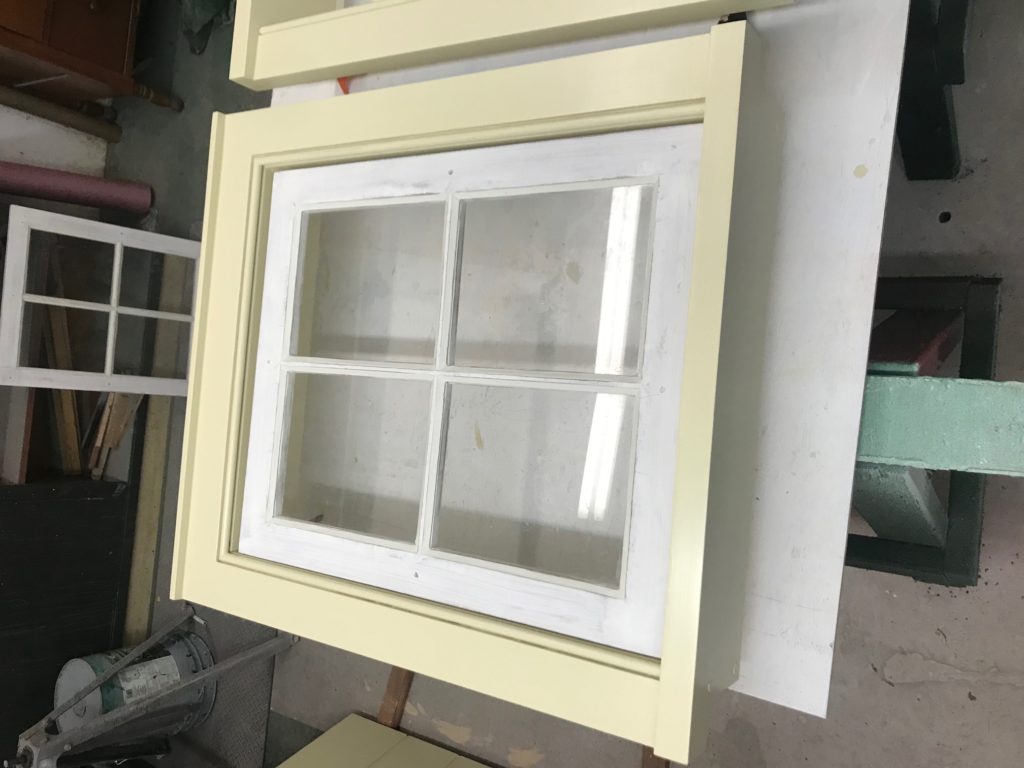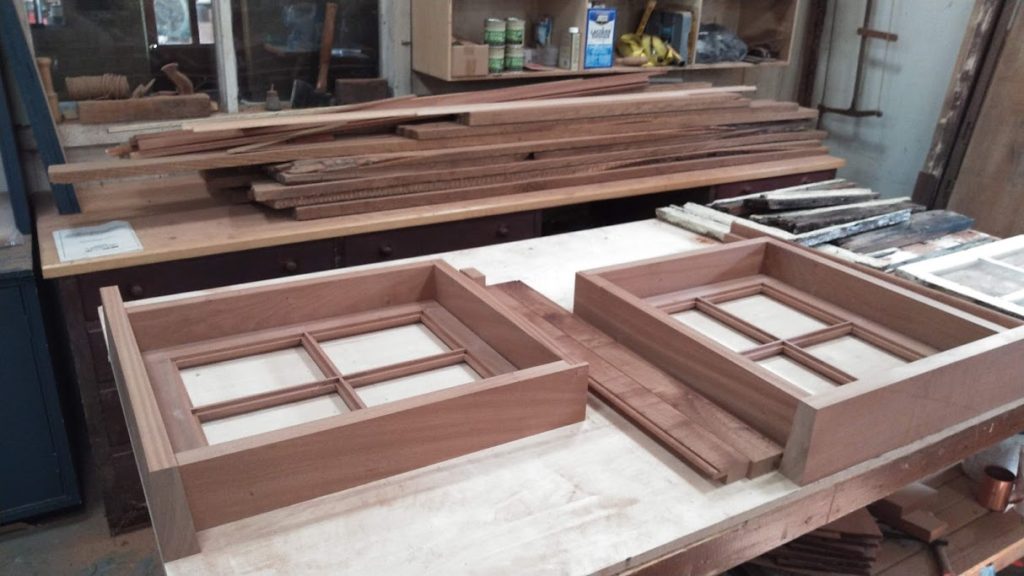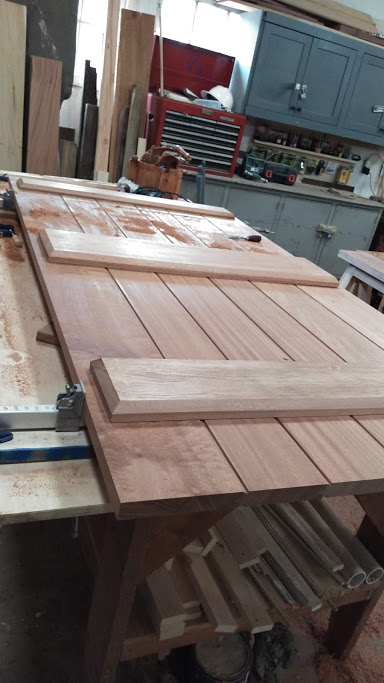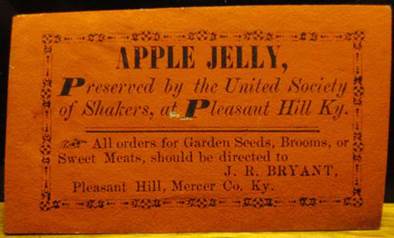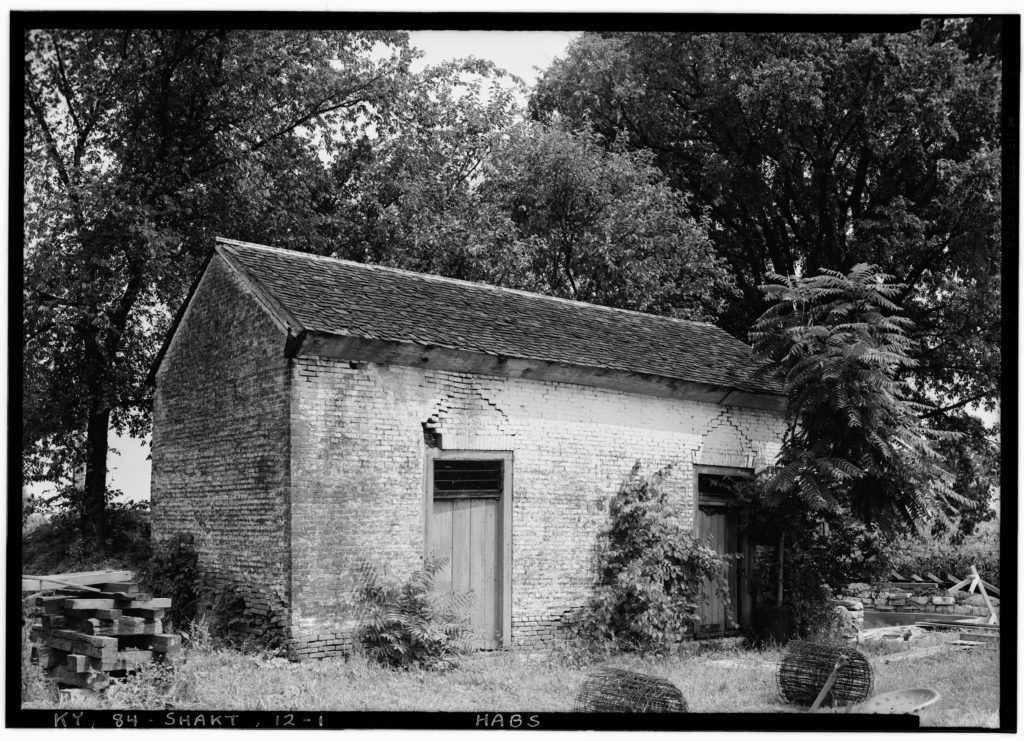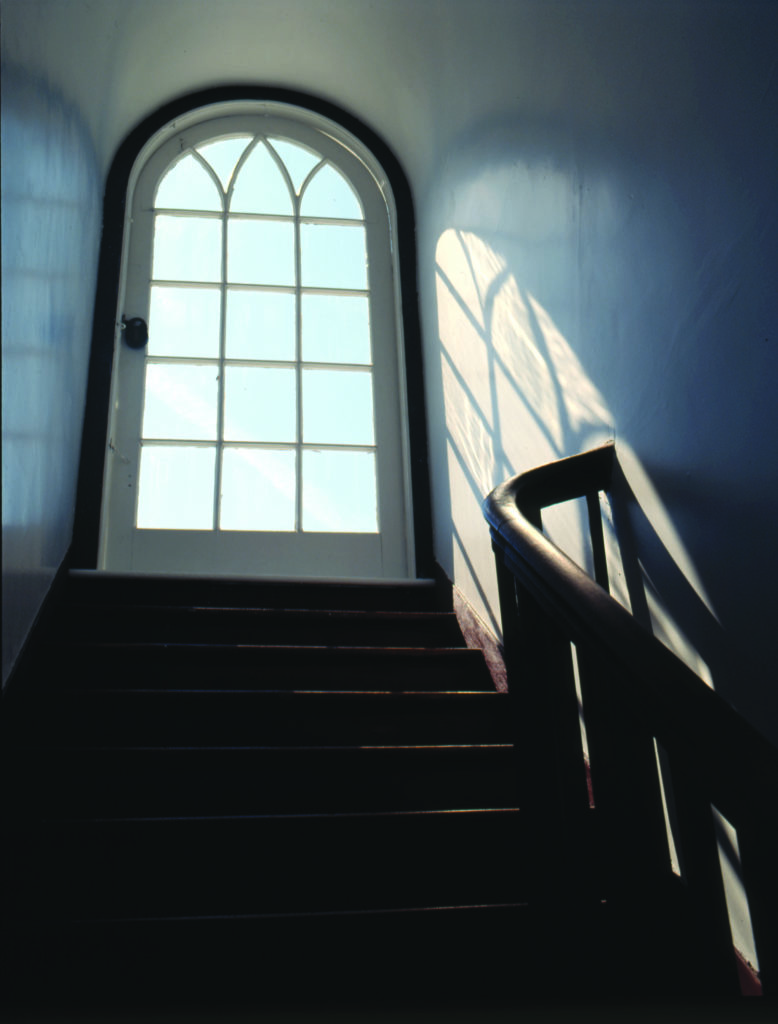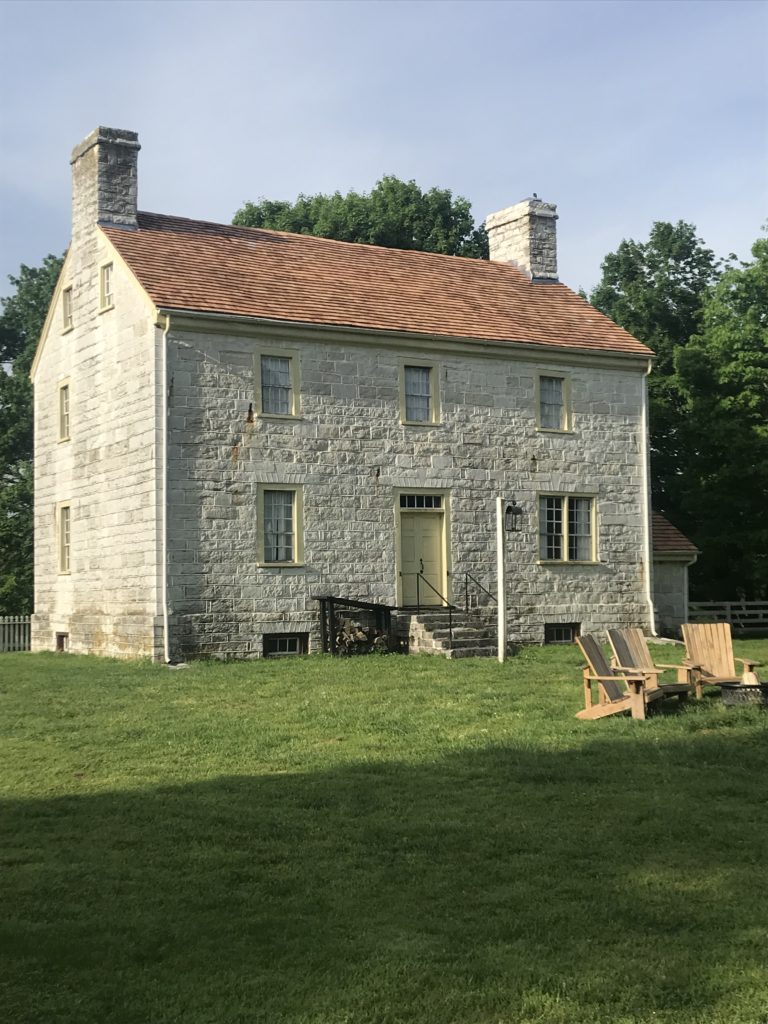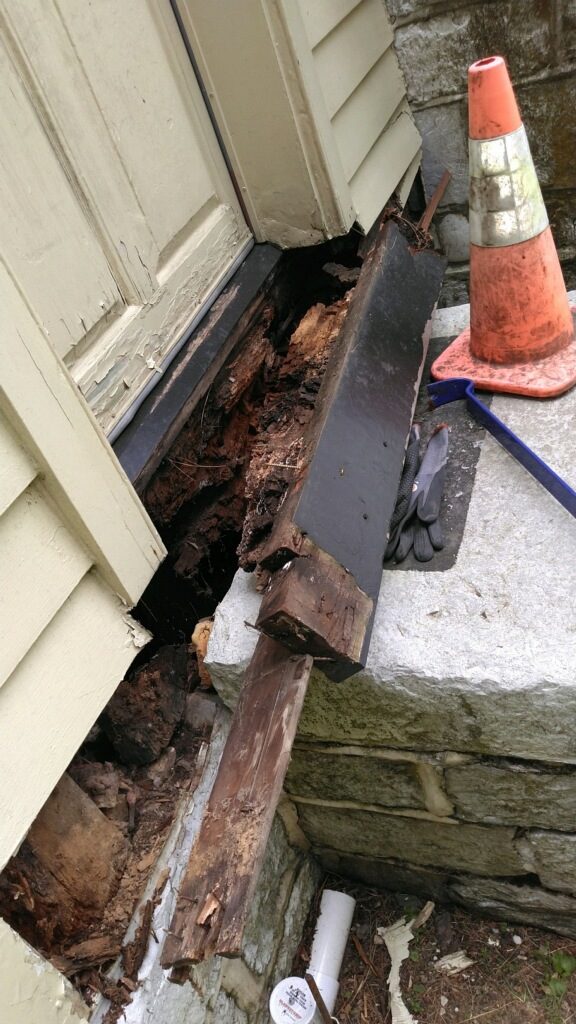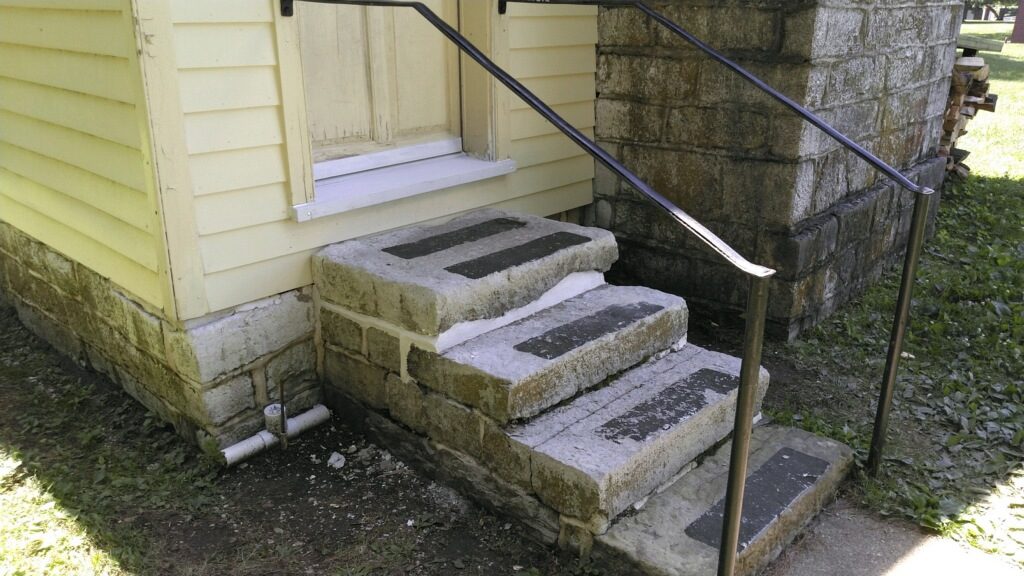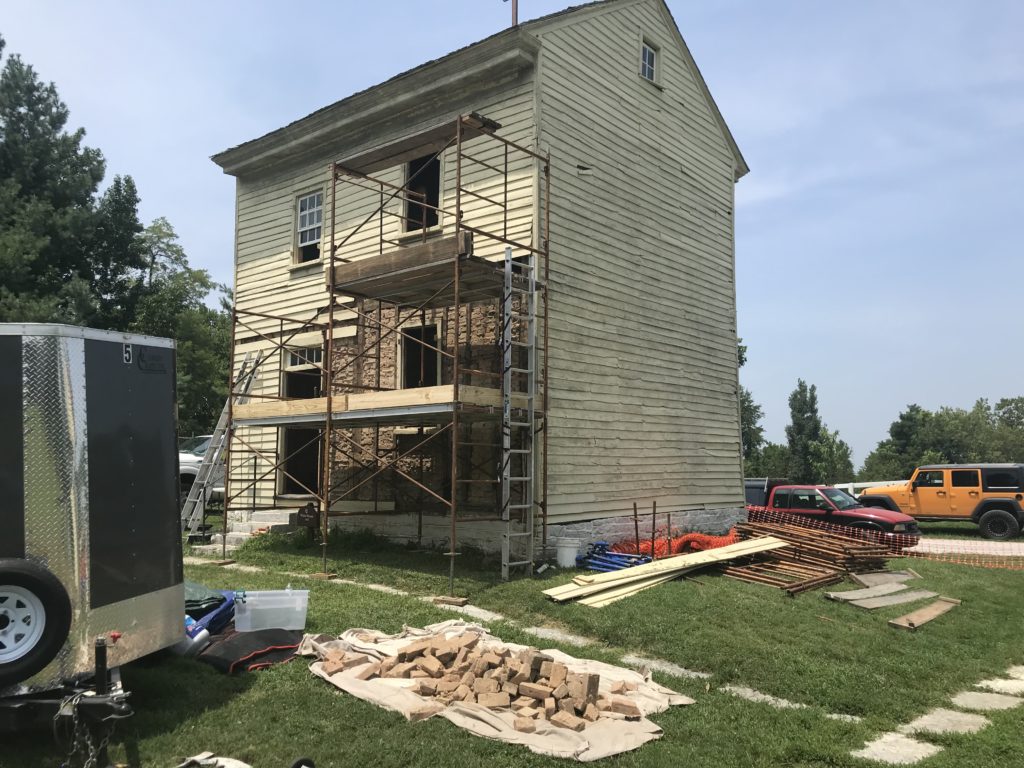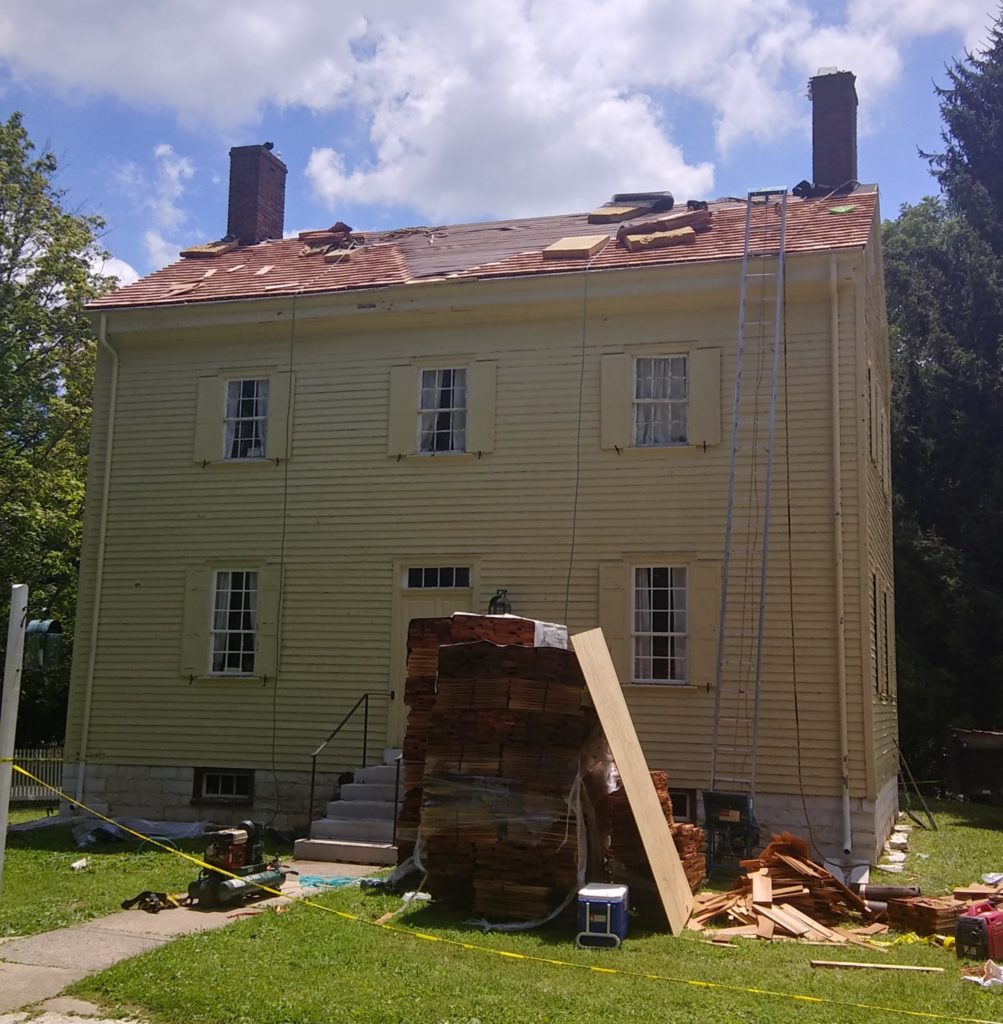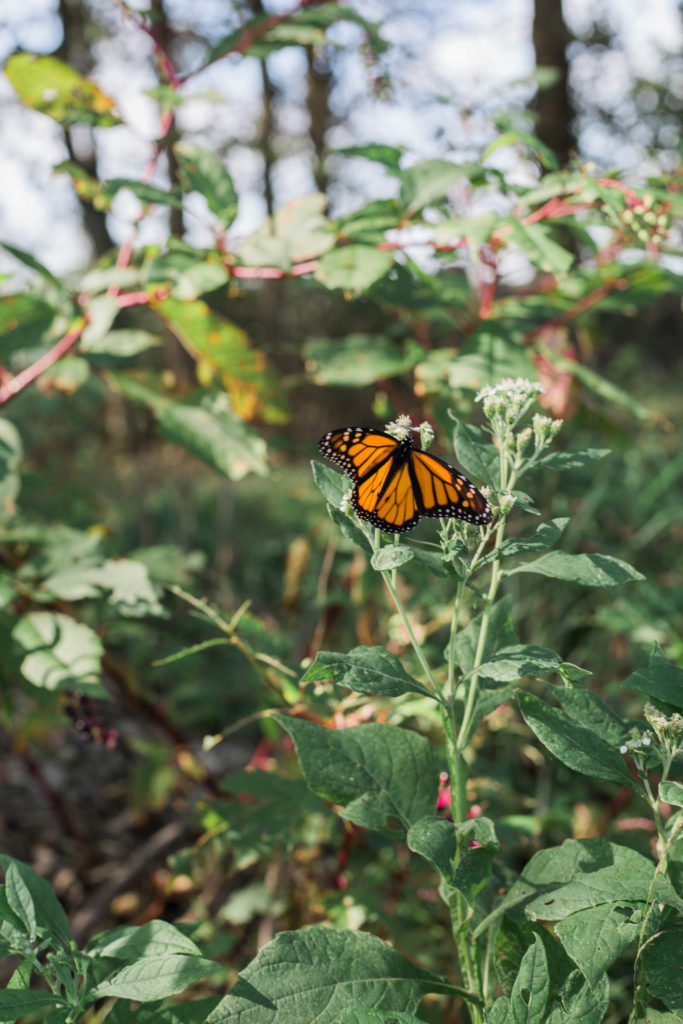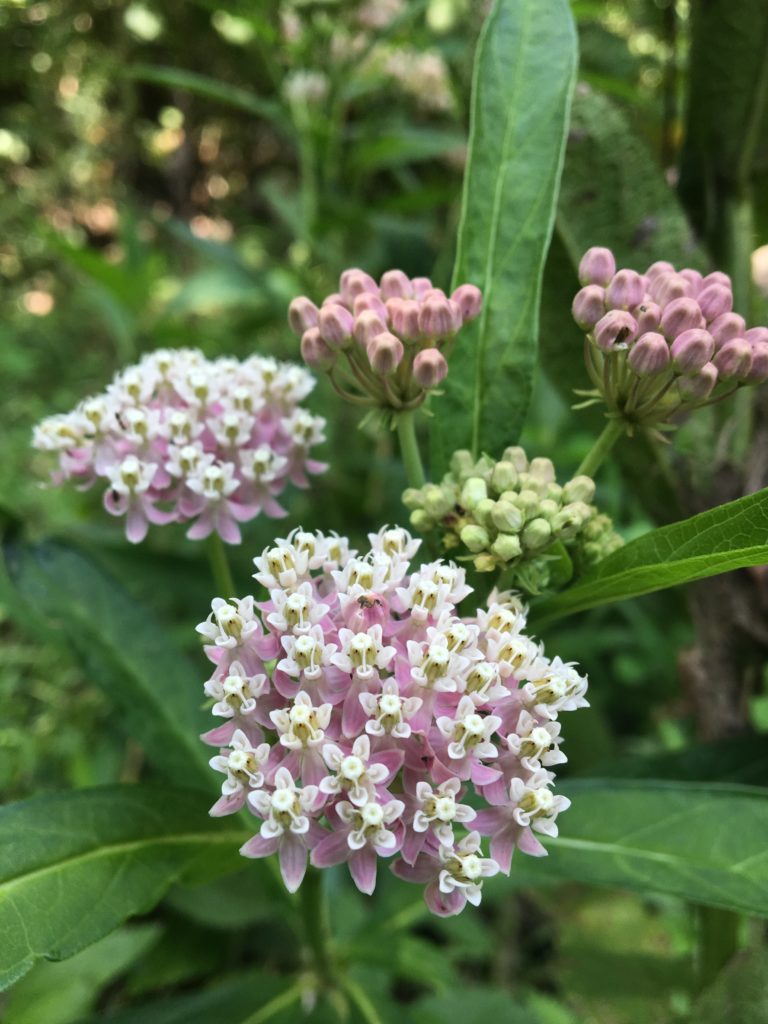William Updike, Vice President of Natural and Cultural Resources
Many of you may recall we began working to preserve the 1833 Water House, just east of the 1824 Centre Family Dwelling, last summer with a major structural repair to the front of the building. Read more on that here! I am excited to tell you that within the next two weeks we will begin to start work on the second phase of this project to preserve one of the most important buildings at Shaker Village of Pleasant Hill!

The Water House contained the water tank the Pleasant Hill Shaker’s used to provide water to the village. Water was pumped uphill, from a spring, to the storage tank where it was distributed throughout the village in a piping system similar to how many of us get water to our homes today! This was one of the first waterworks west of the Allegheny Mountains, and one of the earliest in the nation.
Our work will involve making repairs to, and replacing as necessary, the roof rafters to remove the noticeable sag in the roof. Once that is complete we will make any other necessary structural repairs, and replace approximately ¾ of the siding. Much like a roof, siding is a sacrificial surface, and eventually reaches the end of it serviceable life.
We have already built new window frames and sashes for the upper gable windows, and have those ready to install. We also built a new front door. Most of the windows and the door of this structure were built during prior restorations, and our new versions are made of more resilient wood to provide many years of service in years to come. Once we complete all of the carpentry, we will install a new roof and paint the building! We look forward to reopening the building for guests to enjoy later this fall!
This project was made possible by generous donations from individuals who love Shaker Village of Pleasant Hill, and help us care for this important site. If you would like to join us in this effort, please click here to donate!
